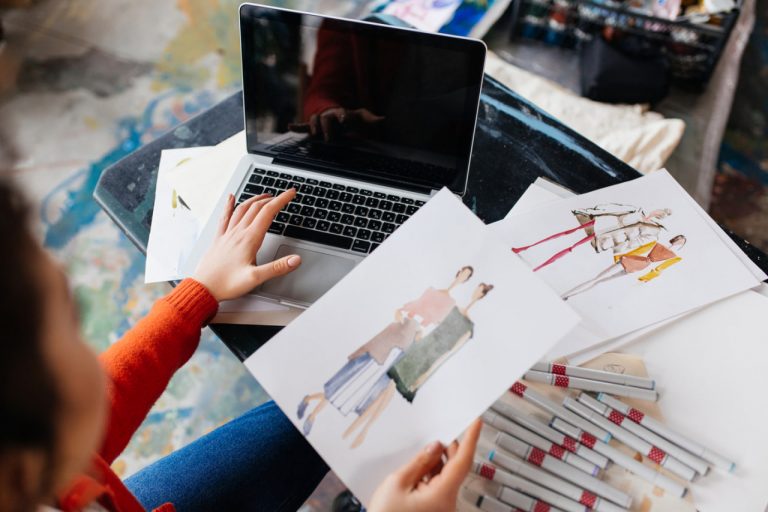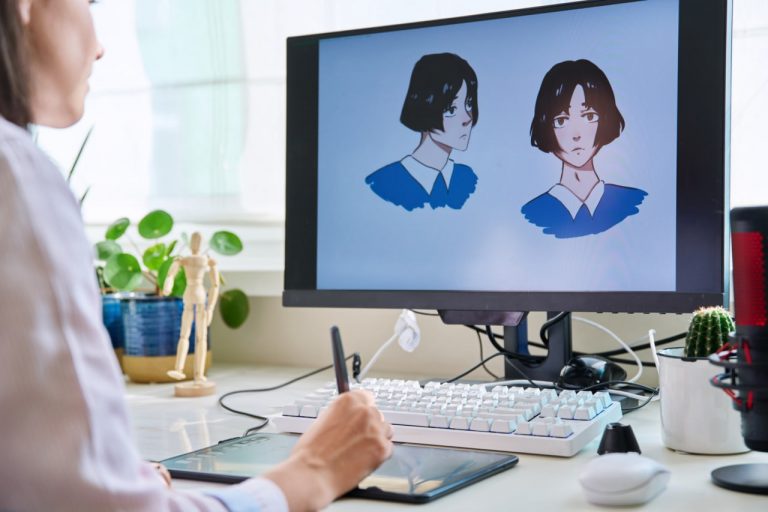The Growing Influence of Digital Art
Digital art has grown exponentially in recent years, transforming the way creative content is produced and consumed. From gaming and animation to marketing and social media, digital illustrations have become a cornerstone of modern visual communication. Understanding the trends and developments in the industry helps artists stay relevant and adapt their skills to evolving demands.
Emerging Tools and Technologies
The tools artists use are constantly evolving, shaping both style and workflow. Software like Procreate, Clip Studio Paint, and Adobe Photoshop continue to innovate with features such as AI-assisted brushes, enhanced layer management, and advanced blending modes. Hardware advancements, including high-resolution display tablets and styluses with improved pressure sensitivity, allow for more natural and precise drawing experiences. Staying updated on new tools can dramatically improve efficiency and creative possibilities.
AI and Generative Art
Artificial intelligence is making a significant impact in the digital art industry. AI-powered tools can assist in creating backgrounds, generating textures, or even suggesting color palettes. Generative art, which uses algorithms to produce artwork, is gaining popularity among artists and collectors alike. While some view AI as a supplement to human creativity, others see it as a transformative force, pushing traditional artists to rethink their techniques and approach.
Trends in Styles and Aesthetics
Current trends in digital art emphasize unique, expressive, and immersive styles. Popular aesthetics include:
- 3D and Hyperrealism: Artists use digital modeling and rendering to create lifelike visuals.
- Minimalist and Flat Design: Clean, simple compositions remain popular in web and UI design.
- Illustrative Storytelling: Narrative-driven illustrations for games, comics, and marketing campaigns are in high demand.
- Retro and Vaporwave Styles: Nostalgic, 80s- and 90s-inspired visuals continue to inspire creative projects.
The Rise of NFTs and Digital Collectibles
Non-fungible tokens (NFTs) have opened new avenues for digital artists to monetize their work. NFTs allow creators to sell digital art with proof of ownership and originality, creating a direct connection with collectors. While the market fluctuates, it represents a growing sector where artists can experiment with blockchain-based distribution and gain global exposure.
Online Communities and Collaboration
Online platforms and communities are shaping how artists learn, collaborate, and showcase their work. Social media networks, forums, and streaming platforms allow instant feedback, inspiration, and peer learning. Collaborative projects, virtual workshops, and live streaming art sessions are becoming increasingly popular, creating a more interactive and connected art community.
Sustainability and Ethical Practices
Sustainability is becoming a key consideration in digital art production. From eco-friendly hardware disposal to ethical use of AI tools and copyright-respecting resources, artists are paying more attention to their environmental and ethical footprint. Incorporating these practices not only aligns with global trends but also enhances the credibility and responsibility of the creative industry.
The Future of Digital Art
The future of digital art is dynamic and filled with opportunities. Advancements in virtual reality, augmented reality, and AI-driven creativity will continue to redefine artistic possibilities. Artists who adapt to new technologies, follow emerging trends, and maintain continuous skill development will thrive in this evolving landscape.



